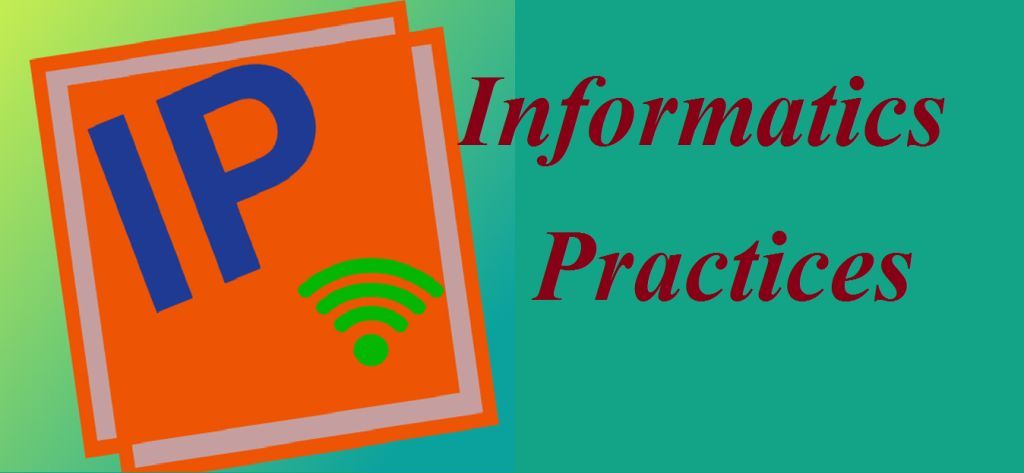The generation of computers determines the growth of computers. On the basis of the period of development and feature the evolution of computers is characterized under the different generations.
Generation of Computer
1. First Generation Computer (1942-1955)
In the first generation, vacuum tubes are used to build computers. A vacuum tube was a fragile glass device. Witch is used to perform calculations. This computer covers a large area and they were bulky. The machine-level language called binary language is used to operate the first generation of computers.

Advantages
- The only machine at that time to perform calculation in milliseconds.
- Vacuum tube was the only electronics component.
Disadvantages
- The computers were very heavy.
- Vacuum tube produce large amount of heat.
- Computer consume lots of power.
2. Second Generation Computer (1956-1964)
In second generation of computer Transistor replace the vacuum tube. The transistor require less space and it produce very less heat as compared to vacuum tube. The speed is increased by ten times with previous generation. The primary memory used is core memory and secondary Magnetic Disk and magnetic Tap.
Advantages
- Power consumption decreased
- Heat production decreased.
- The size of computer decreased very much.
Disadvantages
- Assembling of transistor was very difficult job.
- In this generation computer also require Air conditioner.
3. Third Generation Computers
In third generation IC (Integrated Circuit) replaced transistor. IC is build with major three electronics components like Transistors, Capacitors, and Resistors. Thus created a powerful CPU to carry out 1 million instructions per second. The speed of third generation of computer was 10000 times as compared to previous generation. In this generation computers are using high level language like FORTAN, BASIC, and PASCAL.
Advantages
- The size of computers was very smaller.
- Take Very less time for computaion.
- Generate very less heat.
- They could be used commercially.
Disadvantages
- Manufacturing of IC is very complex process.
- Some times AC is needed.
4. Fourth Generation Computers
VLSI (Very Large Scale Integrated Circuits) was used by Fourth generation of computers. This cheap having about 5000 Transistors and other electronics components. These cheap was called microprocessor. Further it was updated to 50000 Transistors in a single cheap. In this era first Personal Computers (PC) were introduce that were very small and low cost.
Advantages
- Size of Computers is very small.
- Cheaper in cost.
- Fast in operation.
Disadvantages
- Size of Computers is very small.
- Cheaper in cost.
- Fast in operation.
5. Fifth Generation Computers (1989 – Present)
In fifth generation VLSI was replaced by ULSI (Ultra Large Scale Integrated Circuit). ULSI contains millions of electronics components in a single cheap. The main goals of this generation computer is natural language processing and AI (Artificial Intelligent). Quantum computer and super computer has increased the computation on a very high level.
Advantages
- These computer has ability to do work self.
- Highest speed of computation.
- More Intelligent and highly reliable.
Disadvantages
- ULSI is highly complex technology.
- Programs written are more complicated.
